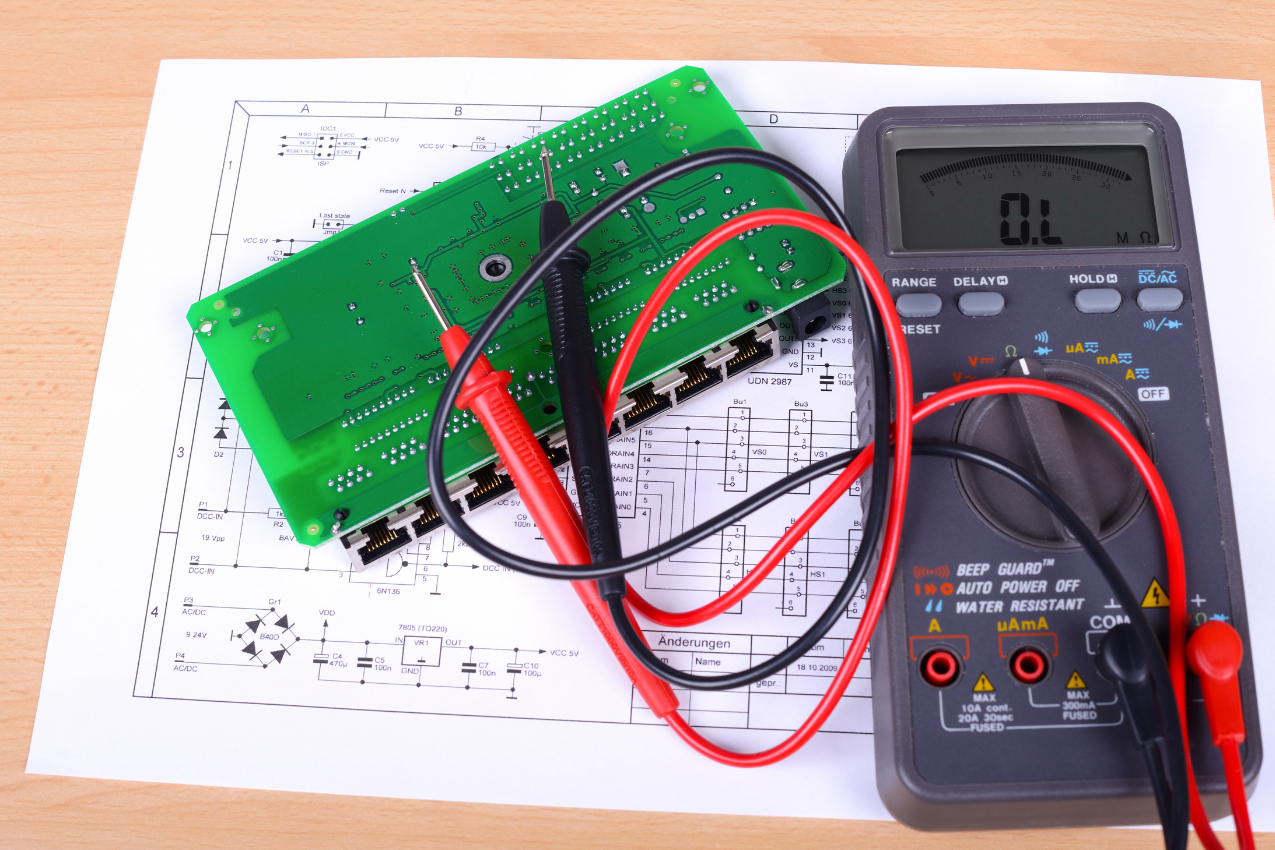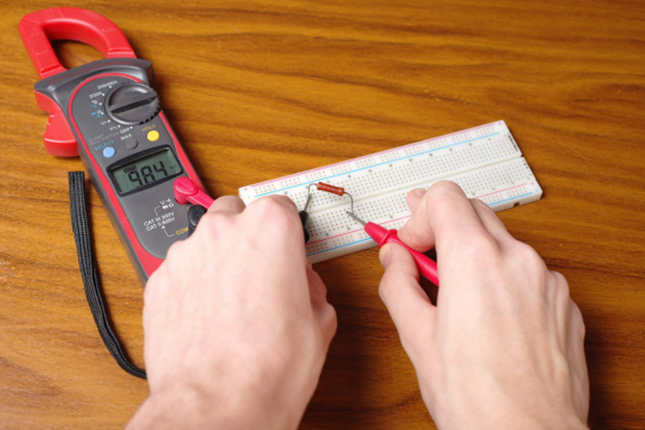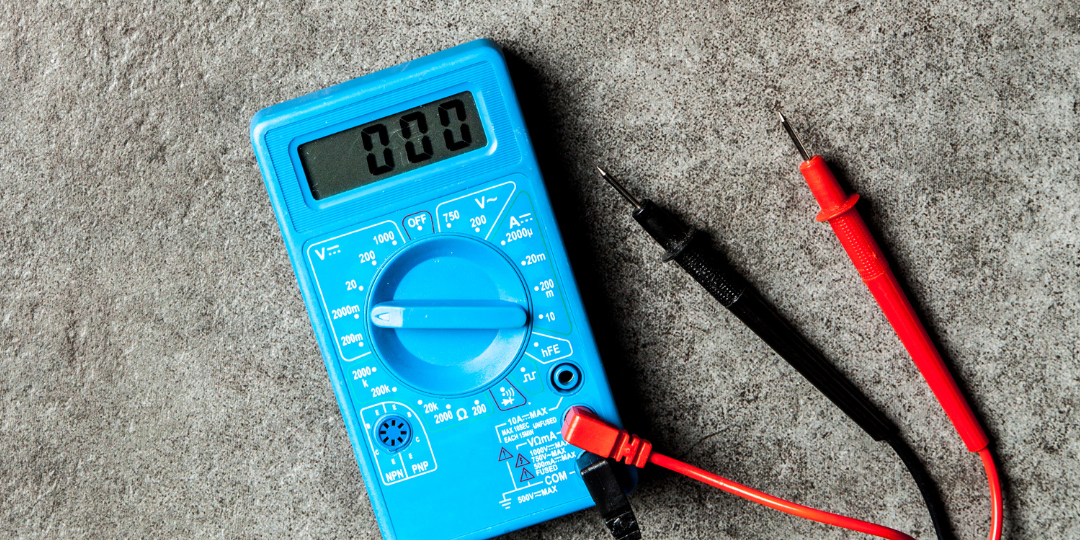Delay Skew
The wires of the four pairs in a data cable have different twists which results in different overall lengths. Because of this, the signals travelling along the four pairs arrive at different times at the receiver. The time difference is called delay skew. Read on to find out more about it.
Propagation delay is the amount of time a signal takes to travel from one end of a link to the other end. Delay skew is the difference in delay, i.e. the time difference the signals travelling along the four pairs of a data cable arrive at the receiver.

Gigabit Ethernet and the faster Ethernet versions divide the total data stream into four streams that travel along one wire pair each and transmit one fourth of the total data rate. The four data signals travel along the data cable simultaneously and the receiver combines them again to one. To make this work, the four signals have to arrive at the receiver almost at the same time. As the wire twist differs from one pair to another, the lengths of the pairs differ too and because of this the signals cannot arrive at exactly the same time at the receiver. The difference in time is called delay skew.
Trouble-shooting tips if delay skew tests fail
Typical cause of the problem | This might help |
Horizontal cable too long | Cut the cable (if possible) |
Patch cord too long | Use shorter patch cords |
Consolidation point cable too long | Use shorter consolidation point cable |
Pair twists differ too much | Cut the cable, replace cable |
Cable defective (material defect) | Replace cable |
Typical causes of delay skew problems and what might help to solve them.
Contact
Dirk Traeger





